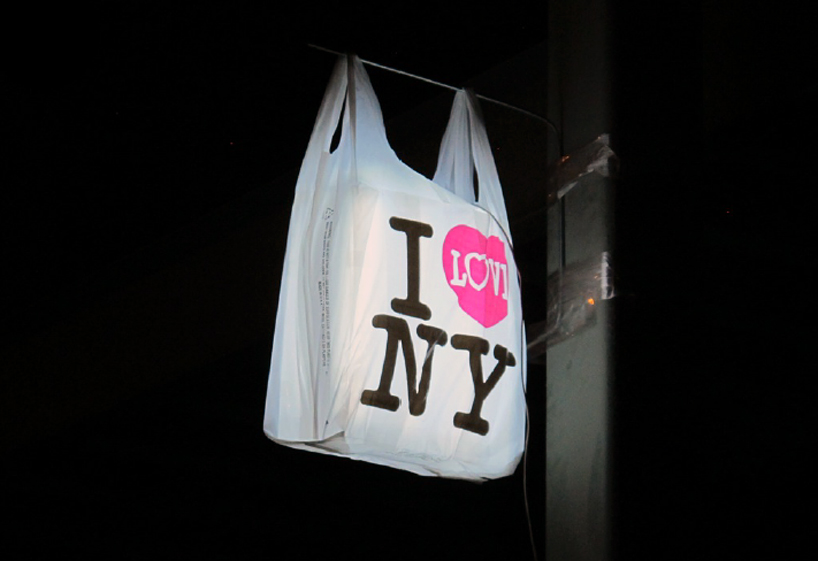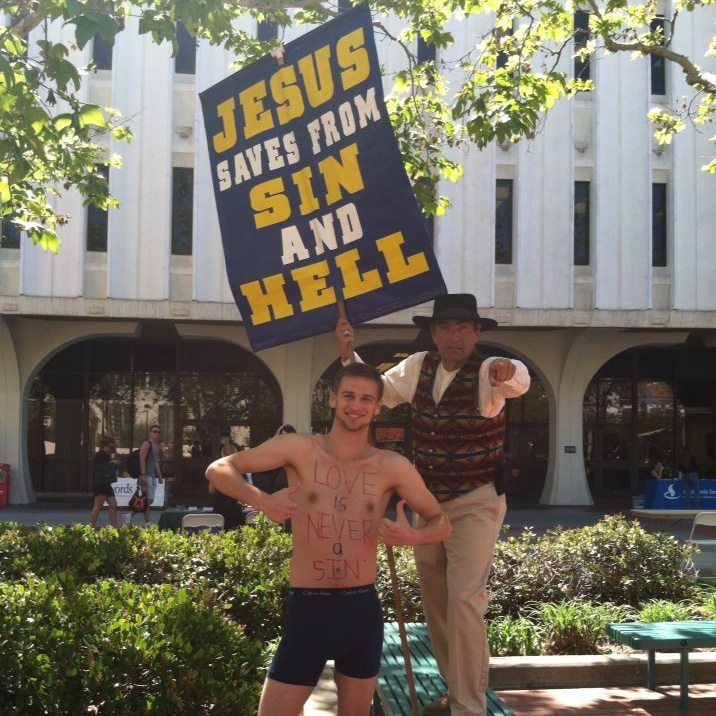
Art is one of the truest forms of expression. However, artists are often arrested or receive public backlash because of their work. Many places around the world squash this freedom of expression, often citing safety as the issue. This was the case in the arrest of the artist Takeshi Miyakawa. Born in 1962 in Tokyo, Japan, Miyakawa moved to New York in 1989 and founded “Takeshi Miyakawa Design.” He has produced many works of art but one in particular stands out – the “I LOVE NY” plastic bags. Miyakawa placed LED lights in plastic bags that said “I LOVE NY” on them and hung them up on trees and street lamps around New York. It was intended to show his love for the city. Miyakwa was hoping to send a positive message to the New York citizens, but he was faced with a quite unharmonious response. He got arrested in 2012. A concerned bystander called the police on a Friday night to report “a package attached to a tree” in Brooklyn, asking how it should be removed. The area was evacuated for two hours so the New York Police Department bomb squad could investigate. The artwork was later determined to be harmless. While placing more plastic bags up, he was arrested. He was accused of reckless endangerment, placing false bombs around the city, and criminal nuisance. The judge then scheduled him to get a mental evaluation. Art has the power to do so much. Even though it has the power to unite people and bring a smile to the audience’s face, not everybody sees it this way. To Miyakawa, his objects were beautiful art. To the authorities, on the other hand, it was simply “an assembly consisting of a plastic box containing wires which was connected by a wire to a plastic bag containing a battery suspended from a metal rod.” I feel like this is an important topic to talk about, especially because of the Paris attacks. Because of even the slight possibility of terrorist attacks and bombings, police officials need to try to protect the people. The government, in my opinion, needs to balance the rights of the people (especially the right of freedom of speech) with the need to protect the people. I can see why law enforcement would be suspicious of an unknown object. However, I feel like their reaction and treatment of Miyakawa were extremely harsh. The right of free speech is necessary in our democratic country. The police deemed the object was harmless, after all. If every time someone who tried to express himself or herself through an object got arrested, then we would live in an extremely restrictive and limited environment, in terms of expression – which ultimately the Bill of Rights sought so hard to protect. This arrest was definitely a blow to free speech and expression. Like I said before, there needs to be a balance between expression and safety. An architect, Rafael Viñoly, said, “A piece of visceral public art is like architecture. I can’t build a building without getting a permit. All he needed to do was ask for permission. I don’t like people to suffer for things that aren’t really necessary.” I found this opinion particularly appealing in terms of balance. I believe that receiving a permit for public art is a good thing. In this way, the government would have been able to see that the object was completely harmless. Miyakawa would have been able to put up his work without impediment. I don’t see how the New York officials would not have supported it, because it was just Miyakawa expressing his love for New York. I feel as though the terrorist attacks have made us paranoid – so much to the fact that this man who is trying to express pride in his state and country is being arrested for possibly trying to destroy the very thing he loves. While the need for safety is key, we can’t forget about freedom of expression. Permits are a solid balance. Even though it’s not as permanent as graffiti, it’s in the public sphere. I believe almost anything in the public domain can be subject to some regulation. But elimination of expression is wrong. Miyakawa was essentially persecuted for his love of New York and creativity. Art has the potential to do so much. This positive message can’t be negated and looked down upon by law enforcement. The balance between conflicting goals has plagued our judicial system for some time now. I’m sure that the debates in court will continue.






